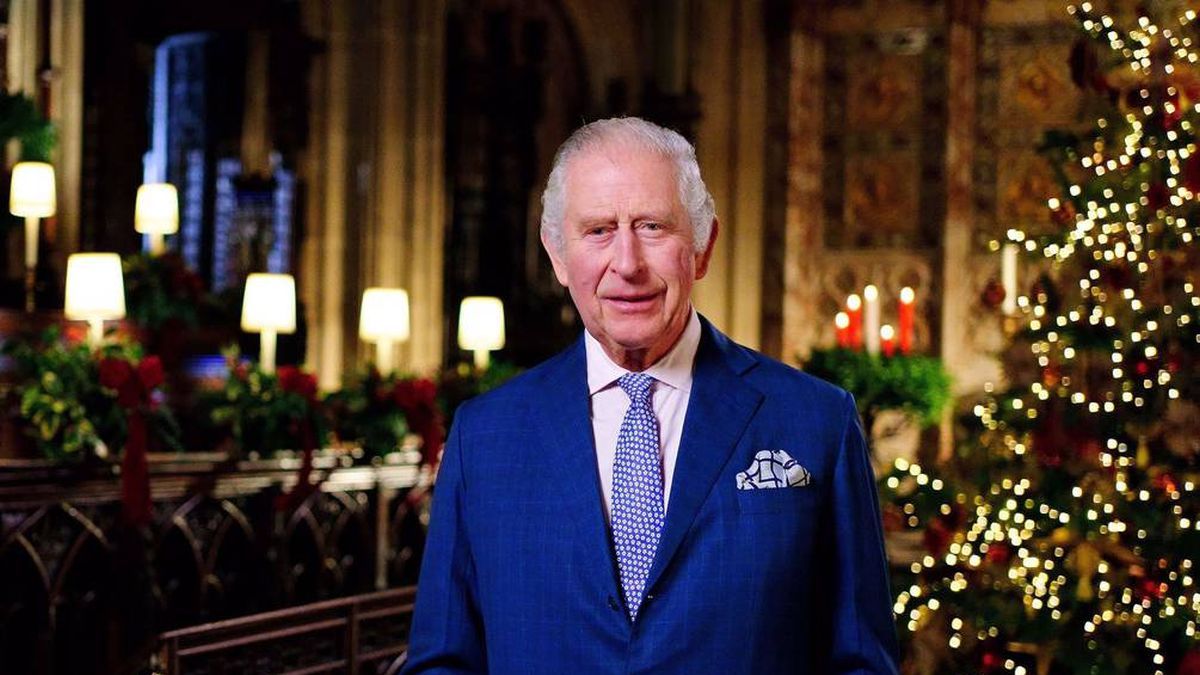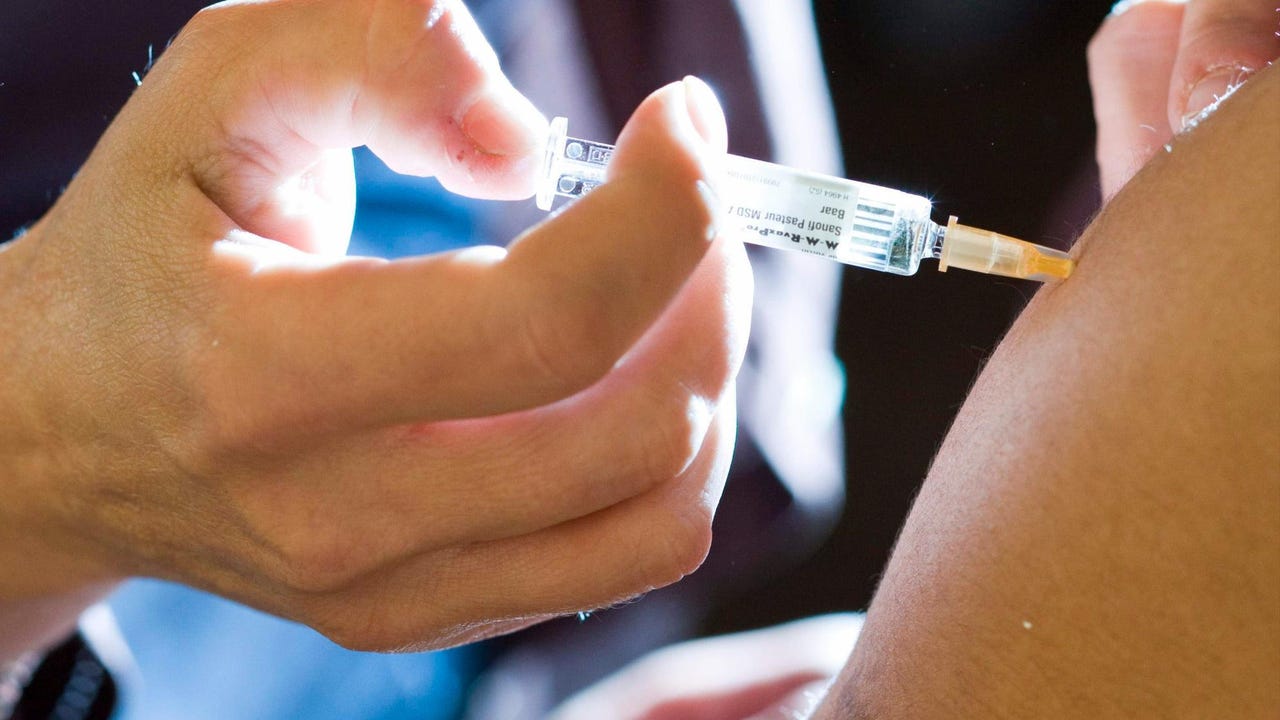advertisement
Monkeypox is a rare viral infection that doesn’t spread easily from person to person.
This is usually a mild illness that goes away on its own, and most people recover within a few weeks.
Four more cases have been identified in the UK, three in London and one in the North East of England, but these are not believed to be linked to the previous three cases.
Monkeypox can be spread from infected wild animals in parts of West and Central Africa, but rodents such as rats, mice and squirrels are also suspected.
According to the government’s website, the UK’s first case of monkeypox this year occurred in a patient who had recently traveled from Nigeria.
The person is believed to have contracted the infection before traveling back to the UK.
Health experts say the infection can also be transmitted by eating meat from infected animals that has not been properly cooked.
It is also possible to get monkeypox by touching other products, such as skin or fur, that come from infected animals.
The main monkeypox symptoms to look out for include round lesions on the skin that fill with fluid before hardening (Image: Internet Unknown)
It usually takes one to two weeks after exposure to the monkeypox virus, but it can take up to three weeks.
WebMD details the stages of the disease which include:
Flat, round lesions that turn into slightly raised bumps. These lumps then fill with clear fluid. They then turn into lumps with a yellowish liquid that harden and fall off. Symptoms of monkeypox Read more related articles
If you think you have come into contact with an infected animal, alive or dead, here are the symptoms of monkeypox to look out for:
Fever Fatigue Headache Muscle aches Chills Backache Sore throat Dry cough Swollen lymph nodes (chickenpox, although similar, does not cause these symptoms) Shortness of breath (in severe cases)
In humans, the symptoms of monkeypox are similar but milder than the symptoms of smallpox.
Monkeypox starts with fever, headache, muscle aches, and fatigue.
“The main difference between the symptoms of smallpox and monkeypox is that monkeypox causes lymph nodes to swell (lymphadenopathy), whereas smallpox does not,” added the Centers for Disease Control and Prevention (CDC).
Is monkeypox serious? The monkeypox lesions eventually scab and fall off (Image: Getty Images)
According to the CDC, one in 100 cases of monkeypox will result in death.
Severe cases are more likely to cause death, especially in people with weaker immune systems.
Being younger, having prolonged exposure to the virus, having poor general health, and developing conditions are risk factors for severe cases of monkeypox.
Dr Colin Brown, UKHSA Director of Clinical Infections and Emerging, said: “It is important to emphasize that monkeypox does not spread easily between people and the overall risk to the general population is very low.
“We are working with NHS England and NHS Improvement (NHSEI) to contact people who had close contact with the case prior to confirmation of their infection, to test them as necessary and provide advice.
“The UKHSA and the NHS have well-established and robust infection control procedures for dealing with imported infectious disease cases and these will be strictly followed.”
Read more related articles Read more related articles
advertisement

“Internet trailblazer. Troublemaker. Passionate alcohol lover. Beer advocate. Zombie ninja.”





/cloudfront-us-east-1.images.arcpublishing.com/eluniverso/FTEC73B3HFHWHOUJFHJPCYHHY4.jpg)
:quality(85)/cloudfront-us-east-1.images.arcpublishing.com/infobae/3FBT6VVNRDO6XEXJQM5YMGSWSU.jpg)
